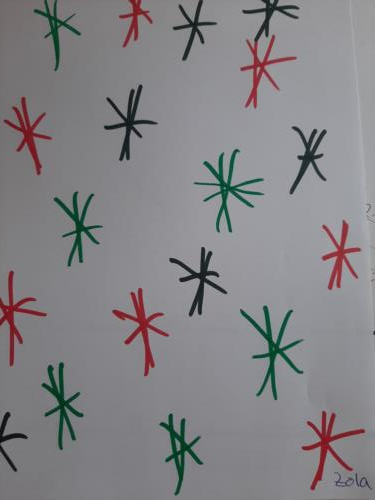 | Stars just for me "There was a picture with stars in the sky. The sky was not black, it was more of a dark green. It looked very strange to me. I like to see stars, but I can't see many stars in the German sky at night. So I paint some stars just for me", said Zola (asylum seeker from Ghana) after a visit to the regional museum. |
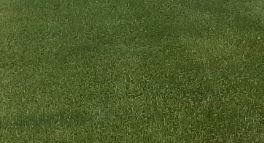 | Green is Africa "Actually, green is the colour of Africa", says Mandika looking at a landscape picture of an artist of the expressionism period of the 20th century.
Green is Africa? No, Africa is yellow and light brown because the savannah is burned and full of thorny undergrowth. And there is a lot of desert...
"Nonsense", says Mandika. "Our African colour is green because green stands for the fertility of our native soil."
And she makes a pictures in order to show us the deep green of her African homeland. |
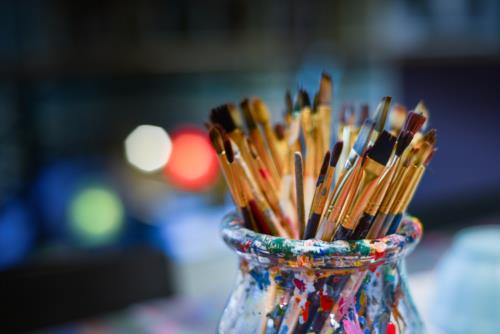 | Brushes as a symbol "I would love to be able to paint," says Zola. "I like brushes and the smell of paint. Someday I'll have a place where I can paint. I'll buy lots of brushes and lots of different colours and then I'll get started. There are so many pictures in my head that I'd like to paint. Or which I would like to get out of my head."
We search for pictures which could illustrate her wish and she finds one at the Pixabay platform.
(Picture credit: Pixabay CC) |
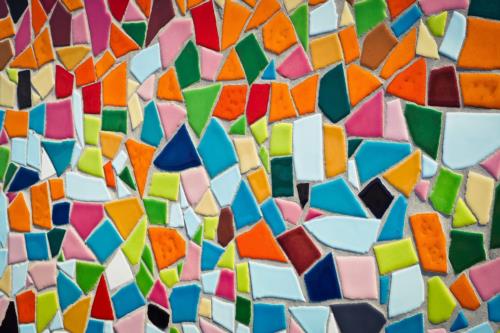 | Mosaic woman We are talking about different kinds of art - paintings, sculptures, objects. Elisa from Syria asks, if mosaics belong to art as well? She tells about a friend in her former country who is an artist and creates mosaic pictures. "I was never so much enthusiastic about her pictures, but I always liked the colour of the mosaics and how it is possible to create of broken peaces a whole picture."
We search on the Pixabay platform for a mosaic and we really find a very nice one in Elisa's opinion: "I love the colours!".
(Picture credits: Pixabay CC) |
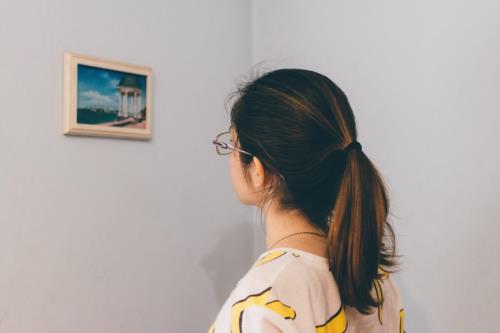 | Picture viewing "I was in Afghanistan in the museum, at least whenever I was in Kabul, but that wasn't often", says Dana. She always liked the silence there, "also because the city with the many cars and motorcycles is terribly loud." Her grandfather gave her the tip to go to the museum when she needs peace and quiet. She likes to look at pictures for a long time and with concentration. "If you look at pictures long enough, you can always find new things in them." |
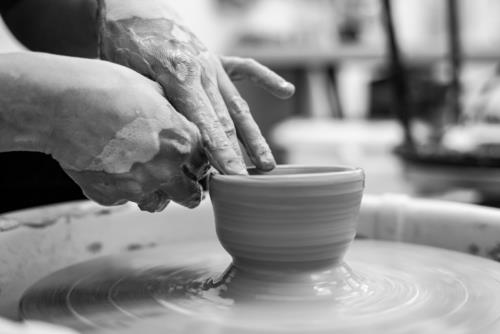 | Feeling with my hands During our visit to the museum we come across exhibits of antique ceramics, which are processed in a sculpture. Dana says: "I would love to do something with my hands again, like we do at home in Afghanistan, where many people in the villages can still make their own tableware. It's nice to make something with your hands that you can use and that you can decorate yourself. |
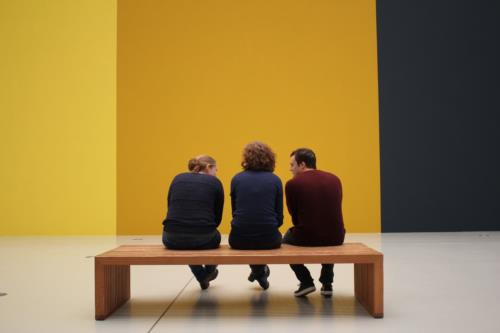 | Waiting for sunshine It is always about colours and what moods they can trigger. Yellow is best because it reminds of sun and warmth. "For months I hardly saw any sunshine in Germany," says Zola, "that puts even more pressure on your mood when you're not feeling well anyway." |
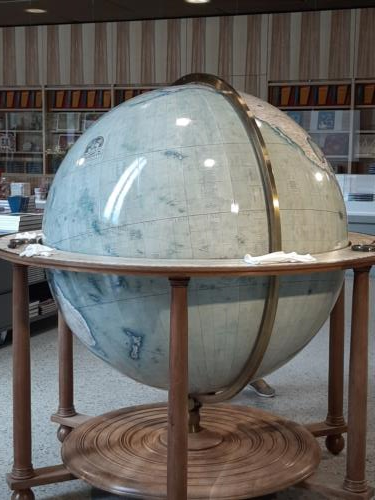 | Incredible distances In the museum shop there is a huge old globe. It can be turned and shows the world 150 years ago. The continents can be easily traced. Dana and Elisa show the paths they took from Syria and Afghanistan, from east to west. Mandika and Zola from Ghana show their way from Africa to Europe, from south to north. Unbelievable thousands of kilometres. From Ghana to Germany it is about 7000 km, which is 2500 km more than from Afghanistan to Germany. "I can hardly believe I've made it," says Mandika, "but I don't want to think about it any more either." |
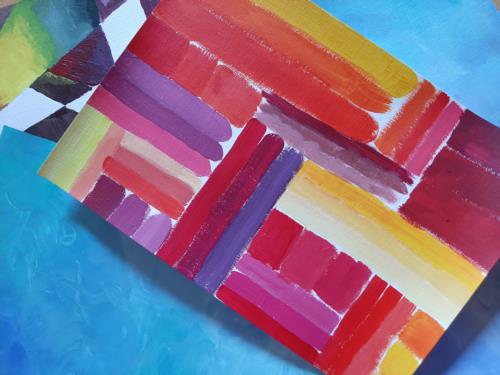 | The Femi-Sara-Zain-Zola Artistic Break May be our group of asylum seekers has created a new format that could be added to all the many online meetings which are currently taking place: the Artistic Break. During our (so-called) "Multiplier Event" on August 7th, 2020, we offered a hybrid session with online and face-to-face access to the D-CULT material. As we had to take longer breaks for the online participants in order to refresh concentration, our face-to-face attendants in the office of Association Culture & Work were asked to be creative. There was paper, watercolors, and many brushes available. So they started painting. In the end, they arranged all the single sheets together and shot one photo with all of them. The outcome is a most colourful artistic item liked by everyone. In a way, it is the symbol of the whole session and it was much applauded also by the online participants at the end of the session. |